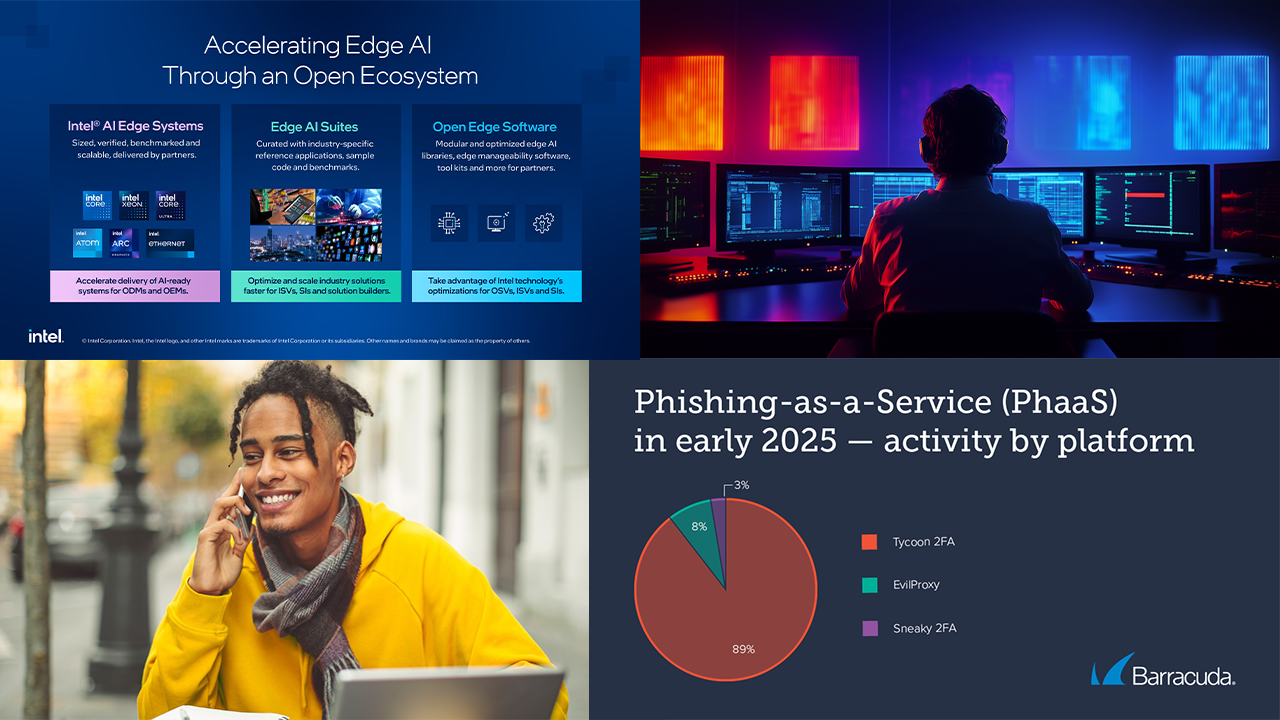TeamViewer,†a leading global software provider for IoT, connectivity, monitoring, support, and team collaboration, announced that its remote assistance platform is fully integrated within Freshservice, a leading service desk for internal IT support. TeamViewer was previously integrated with Freshdesk, a help desk customer support platform.
Freshworks†has over 150,000 customers and offers several cloud-based business products, including Freshdesk, Freshservice, and Freshchat. TeamViewer remote assistance can now be easily embedded in both platforms via†Freshdesk†and†Freshservice†application marketplaces, with plans to integrate with Freshchat later this year. Customers simply click to install the app and a window guides the user through completion.
“Remotely controlling an end-user’s workstation is one of the most fundamental requirements that an IT team has,” says Francesco Rovetta, VP of Alliances and Distribution at Freshworks. “Integration with TeamViewer ensures our customers can now fully take advantage of this exceptionally easy-to-use remote support platform to seamlessly troubleshoot issues and increase service desk efficiency.”
By integrating TeamViewer with Freshservice and Freshdesk, IT service agents can start a remote session to troubleshoot an end-user or customer problem from within the ticket details page, where the agent has context about the issue. Benefits include:
- Complicated issues are solved more quickly, improving the overall customer experience.
- Internal user hardware/software configuration issues can be resolved almost immediately, increasing agent productivity.
- Sessions are documented and automatically logged in TeamViewer management console reports.
“Resolving customer and employee technical problems quickly and efficiently from within ticketing systems is a major challenge for all types of organizations,” says Alfredo Patron, VP of Business Development at TeamViewer. “The ability to immediately access and fix a user’s desktop, laptop or mobile device from anywhere in the world is a major advantage and helps reduce support costs by moving tickets from L2 to L1 service assets, while improving the overall customer and end-user experiences.”












